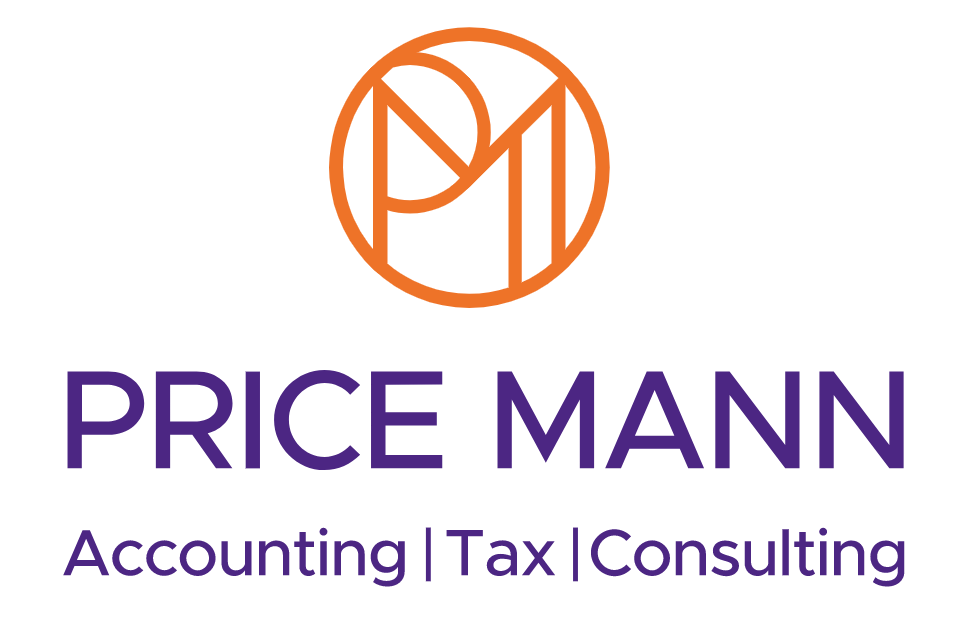Year-end tax planning for companies
Year-end tax planning for companies
It is good to remember that companies have different tax year-end circumstances. Companies' circumstances depend on the number of employees, directors’ loans, or if it is a closed company, etc. It would help if you also keep in mind that there can arise issues with Capital Gains Tax, Inheritance Tax, and additional investments that require review at the end of the year.
Losses
As a company owner, you are aware that companies have made losses in the past or expect to make losses in the current year. You need to make sure that you use these losses effectively to reduce taxes. The majority of the losses can be offset against the current year's profit. This includes property losses, trade losses, management expenses, and non-trading loan debts.
*There are different rules for pre-1 April 2017 losses.
Capital losses can be only offset against chargeable gains in the present year.
Trading losses can be carried back off against the profits of prior years.
Trading losses may also be carried forward to offset profits from the same trade; however, the total relief is capped at £5 million plus 50% of the remaining trading profits.
Capital Allowance
A 100% tax deduction on purchases of up to £1 million a year can be claimed under an annual investment allowance (AIA). Additionally, full expensing allows for the claiming of a 100% first-year allowance (FYA). To determine how much allowance is available groups of companies
need to review expenditure in each company as groups of companies are entitled only to one AIA.
In case the asset does not qualify under AIA or FYA, the relief is considerably restricted. The allowance rate is 18% for general pool assets and 6% for special pool assets.
Second-hand assets are not qualified for 100% FYA. However, it can be qualified as a short-life asset if it is expected to have a useful life of less than 8 years. An 18% writing down allowance is accessible. In case if the asset is disposed of within 8 years, a balancing allowance or change can occur.
Some commercial structures and building expenditures may benefit from the capital allowance - structure and building allowance (SBA). 3% allowance of the eligible costs on a straight-line basis. The eligible costs are the renovation costs or original construction costs of offices, walls, bridges, tunnels, factories, warehouses, and retail and wholesale premises. This benefit can pass from owner to owner at the writtendown value.
All expenditures should be reviewed regularly to make sure that correct deductions are claimed and maximised.
Research and development
Meaningful reliefs are available for companies undertaking research and development (R&D).
*these rules are changing from 1 April 2024, it is suggested to review R&D rules to ensure maximum benefits are gained.
At the moment, large companies - usually companies with more than 500 employees can claim a credit of 20% in respect of qualifying R&D spending. Medium and small-sized enterprises (SMEs) can claim a deduction of 186%. It may claim a tax credit of 10% of the surrender able loss. Higher deductions are available to R&D-intensive companies.
A new merged scheme for R&D has been introduced for accounting periods starting on or after 1 April 2024. This applies to a relief of 20%.
SME intensive scheme rate is 19% and will apply to loss-making companies rather than the main rate of 25%, providing an effective subsidy of 16.2% rather than the previous 15%. The R&D for profitable companies remains at 15% as the 25% corporation tax rate will apply.
Note that R&D relief is only available for expenditure that is intended to resolve scientific or technological uncertainty to achieve an advancement in technology or science.
Repay loans to close companies
33.75% is the tax charge if the loan received from a closed company is not repaid within 9 months of the end of the company’s accounting period. One of the most common solutions is to repay the loan through a dividend payment. Any loan made by the company to the borrower within 30 days of the previous loan being repaid will be considered as a continuation of the previous loan.
In case the loan is greater than £10,000 and is interest-free, there is a taxable benefit in kind charge that will apply to directors.
At the end of the year, it's a prime opportunity to evaluate the company's standing and capitalise on available tax benefits. It's also wise to consult with the company's advisors and accountants to ensure that every effort is made to maximise after-tax profits.
Get in touch with us today to find out how we can help you with your year-end tax planning.













